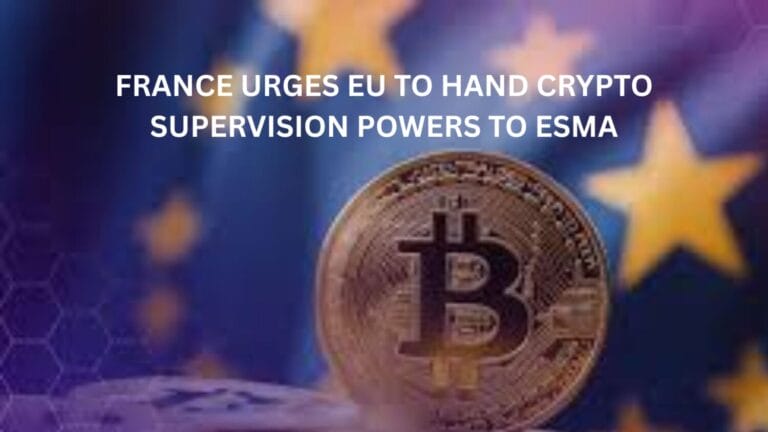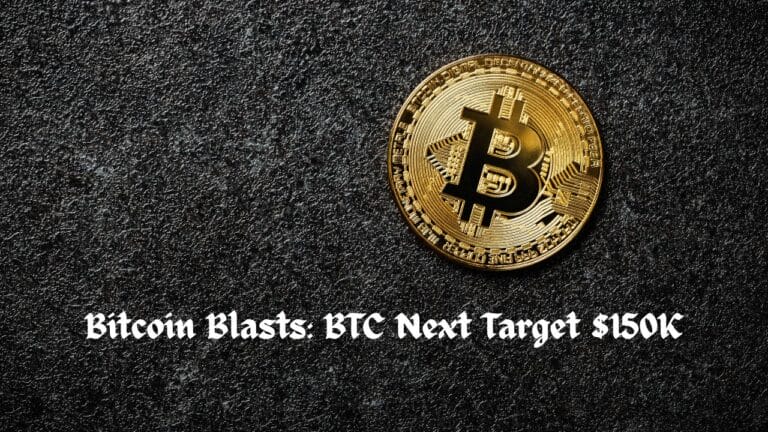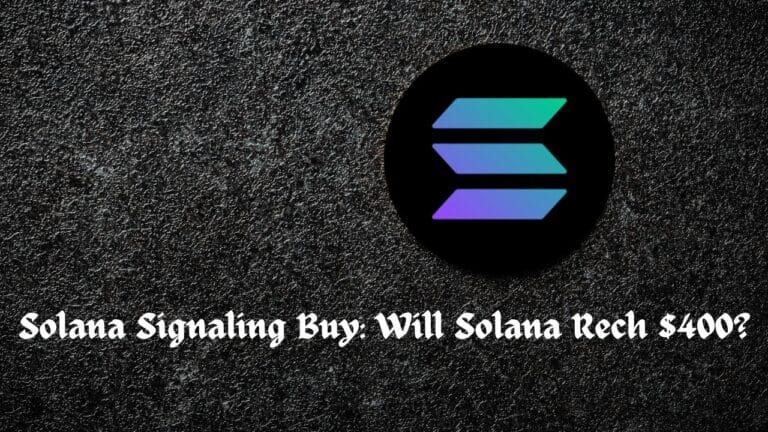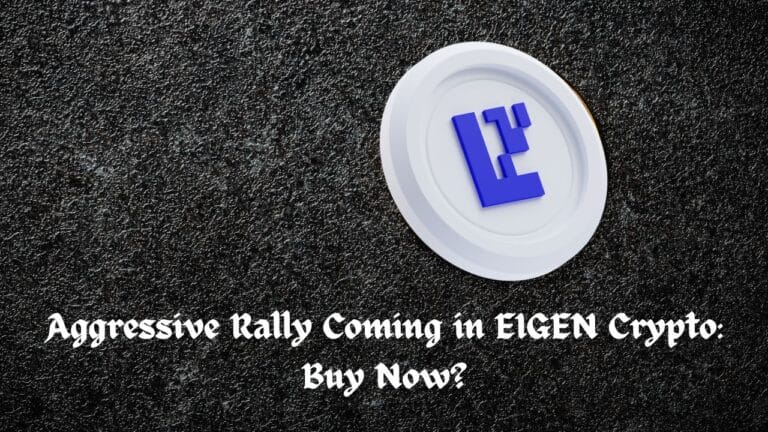Decentralization is one of the most essential characteristics of digital currencies. This implies they are distributed over many computers, networks, and nodes rather than controlled by a single organization like a government or central bank.
The DAO was created to be a decentralized and automated organization. It functioned as an open-source venture capital fund with no standard management structure or board of directors. The DAO was independently run without any nation-state to be decentralized, even though it used the Ethereum network.
Decentralized autonomous organizations are reshaping how we think about how businesses operate and how they might operate in the future.
DAOs, by definition of their unique structure, hold the potential of allowing a focus on community rather than profit and so may provide a more socially conscious organization.
Members of the community make recommendations for how the protocol should operate in the future and then vote on each proposal. Proposals that reach a predetermined consensus are then accepted and enforced by the smart contract’s rules.
Under this approach, traditional hierarchical structures prevalent in major corporations give way to community participation. At some level, each DAO member is in charge of the protocol.
Table of Contents
How Does a DAO Operate?
Through smart contracts, a core team of community members establishes the DAO’s rules. These smart contracts lay the groundwork for the DAO’s operations. They are evident, verifiable, and publicly auditable, allowing any potential member to comprehend how the protocol will operate at all times fully.
The next step is for the DAO to work out how to receive financing and impart governance once these rules have been formally inscribed onto the blockchain.
This is usually accomplished through token issuance, in which the protocol sells tokens to raise funds and replenish the DAO’s treasury.
A DAO resides in the domain of code-as-law, which is glamorized by most of the cryptocurrency ecosystem. Someone savvy creates an organization and offers membership to anyone willing to buy its tokens. The money used to buy the tokens becomes the organization’s treasury, which can be accessed by simply drafting a smart contract (say, to lend some money out at an 8% interest rate) and securing the votes of a sufficient number of token holders, after which the smart contract is performed.
However, DAOs have run into two key issues. The first is that coding is complicated, and the second is that most things you’d want to accomplish in the world today are still not available on the blockchain.
Coding is difficult:
The difficulty with delegating all of your governance to smart contracts is that developing and reading code for bitcoin platforms is difficult. It’s one thing to be shown a smart contract and informed that it would authorize an 8% loan to a trustworthy counterparty, but it’s another thing to hide unpleasant shocks in plain sight.
Incidents such as The founder transferred ownership of the token — to the lone cryptocurrency exchange where it was listed – after it launched and acquired some traction. That effectively turned the token into a honeypot: people could purchase it but not sell it, and the value on the exchange skyrocketed as a result.
The blockchain isn’t the entire universe yet.
However, the bitcoin sector in 2022 is not the same as it was in 2016. Surprisingly, it appears that the remote possibility of losing everything to rug pulls and hacks become increasingly tolerated as the industry has progressed toward widespread acceptance, with people embracing bitcoin as a high-risk, high-reward manner of wagering their assets.
The more relevant problems of DAOs are becoming obvious these days, as the sector’s objectives surpass its ability, as projects like ConstitutionDAO and theSpiceDAO demonstrate.
DAO Types
The majority of DAOs fall under one of three categories: Protocol DAOs, Investor DAOs, and Community DAOs are all types of DAOs.
Communities construct protocol DAOs (such as Uniswap and Compound) by proposing and voting on rules to govern their DAO. Each participant’s number of governance tokens is used to weigh votes.
Investor DAOs (such as Flamingo and PleasrDAO) work like a crowdfund, with each donor purchasing the DAO’s governance token or native asset with other cryptos in exchange for voting rights.
Finally, Community DAOs like Friends With Benefits usually begin with no specific goal in mind but rather a social component that brings all participants together. The group eventually adopts a DAO to democratize the governance process as they become more structured.
Potential advantages of DAOs:
DAOs promise to enable a focus on community rather than simply profit. They may offer a more socially conscious organization, one meant to help individuals worldwide succeed rather than focusing exclusively on the wants of a few significant shareholders, thanks to its unique structure. This could have repercussions for corporations and how we address the issues that matter to us as a society today.
While DAOs have their own set of issues, they offer the potential to improve on a corporate structure that hasn’t altered significantly in hundreds of years. Most US corporations are formed today in essentially the same manner they were in the 1600s: companies accept investor cash in exchange for the primary (and sometimes sole) objective of maximizing shareholder profit.
This profit-driven imperative has been the driving force behind both capitalism’s positive and terrible aspects. The good has resulted in significant advancements in company efficiency. In contrast, the bad has frequently manifested itself in the chase of profits above all else, even at the expense of employee benefits and quality of life, income inequality, and environmental destruction.
DAOs, on the whole, prefer software over legal agreements. This provides a level of efficiency that traditional organizations lack. In addition, DAOs can create considerable flexibility and responsiveness by making the decision-making process more transparent, secure, and automated.
Future Philanthropy:
Future Philanthropy: Whereas blockchain technologies are still in their early life and are not yet widely adopted, there is ample opportunity to prioritize education as a means of dispelling the stigma associated with the technology by teaching crypto enthusiasts about the tools they can use for social good.
The crypto community would profit significantly from a better grasp of tax-advantaged techniques for putting its assets to good use, an argument that is made considerably more robust when you consider that contributing in this way can offset taxable income.
Americans donated approximately $471 billion to US charities in a pandemic-plagued 2020. This was a massive increase of roughly 5% over the previous year. Although donations increase year after year, many charities still only take donations in traditional currency values. Acceptance of popular crypto donations will take some time. On the bright side, as of November 2021, Fidelity Charitable had collected $274 million in bitcoin donations. This is a significant step forward, marking the entry of cryptocurrency into philanthropic organizations. To further their mission, Save the Children, one of the significant nonprofits advocating for children’s rights and welfare, has begun to accept donations in the form of cryptocurrencies and NFTs.
The Big Green DAO is an excellent example. It was founded in late 2021 and is linked to a ten-year-old food justice organization that had an income of more than US$9 million in 2019.
The Big Green DAO is a one-of-a-kind attempt to drastically rethink and restructure grantmaking, shattering entrenched power structures by putting charities in control. Grantees and donors are in charge of the Big Green DAO. Everyone receives the same number of votes.
Kimbal Musk, Elon Musk’s brother and a member of Tesla’s board of directors, founded Big Green. His nonprofit’s DAO version promises to “disrupt charitable hierarchies” by lowering overhead and cutting other costs.
The DAO Fighting for Julian Assange’s Release has Now Received a $53 Million NFT to Help Fund the WikiLeaks Founder’s Legal Defence:
AssangeDAO, a decentralized autonomous organization advocating for Julian Assange’s release, has won a bid to buy a non-fungible token for 16,593 ether (about $53 million).
The proceeds from the sale of the NFT, which Assange designed in partnership with a well-known digital artist known as Pak, will go to Assange’s legal defence fund.
The “Clock” token is a timer that keeps track of how long Assange has been imprisoned. The NFT originated from Pak’s Censored collection.
In just a few days, almost 10,000 contributors earned a staggering amount of 17,422 ether (about $56 million). According to Vitalik Buterin’s Twitter, ethereum founder Vitalik Buterin contributed ten ether.
A Group Intends to Implant a Bitcoin into the DNA of a Mouse:
A team is now soliciting funds to implant bitcoin into a mouse. Then, it’ll take the blockchain code and encode it into the mouse’s DNA. And, yes, the rodent will live to see the end of it.
The project’s seriousness is unknown. The proponent did not disclose an actual name and only recognized an empty Ethereum address. However, since its introduction on Jan. 25, the project has raised slightly over one ether (about $4,000) out of its 179-ether objective.
That, however, is beside the issue. The exciting component of such endeavours is not the unique gimmick.
What is essential is that the project, BitMouseDAO, is a decentralized autonomous organization. It’s a self-running blockchain-based entity that makes decisions based on how users vote and interact according to predefined criteria.
Many DAOs are collective investors in crypto-blockchain initiatives themselves. They’re similar to crowd-directed funds, making choices based on how users vote with their governance tokens. The prospect for profit has enticed many of them into the field, with some projects seeing a 40-fold increase in value thanks to DAO investment. DAOs had more than 1.6 million users by the end of last year, up from just 13,000 at the start.
The founders of blockchain technology and cryptocurrencies focused on the potential benefits of transparency and decentralized cooperation when they were developing them. Those features were crucial in maintaining a certain level of independence and impartiality and ensuring that the interests of the entire group were prioritized over the interests of a small set of powerful interests. The format also sought to minimize manipulation and enabled real-time action rather than the slower pace of traditional business.










